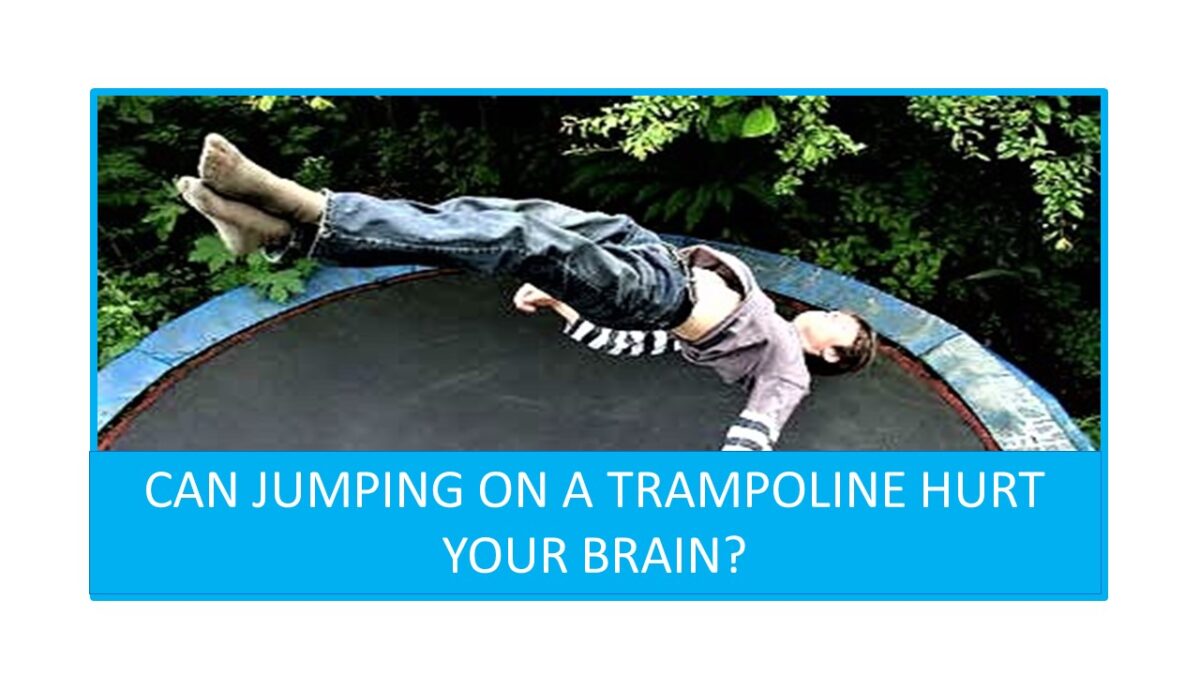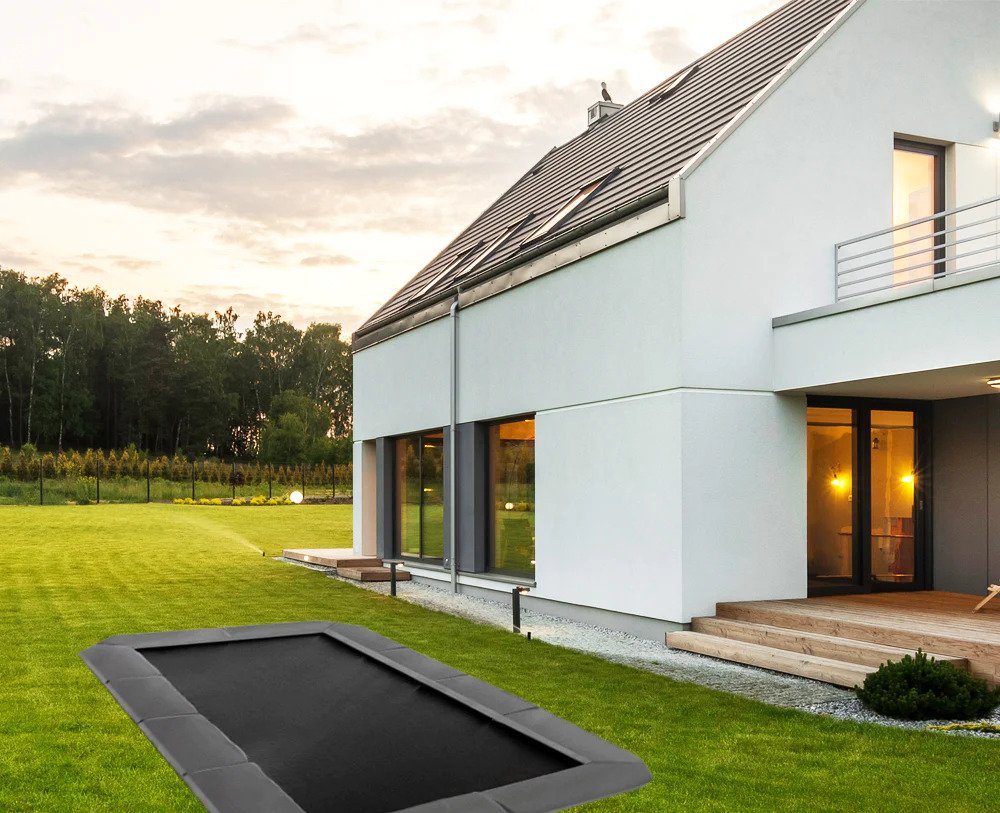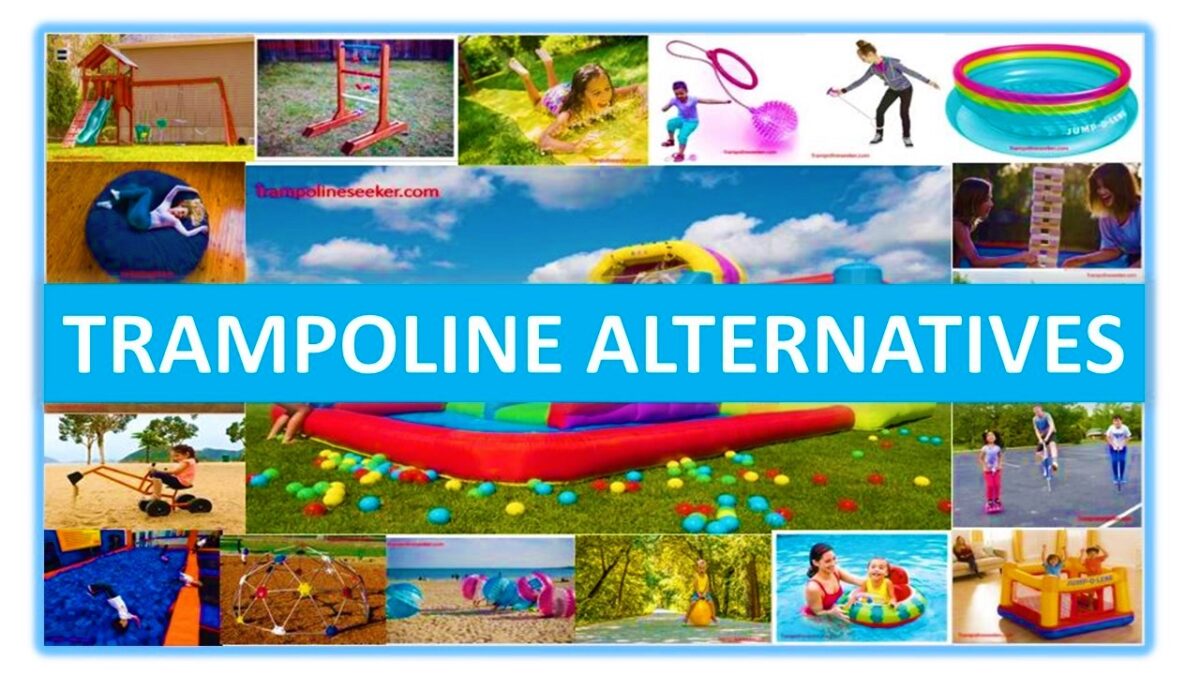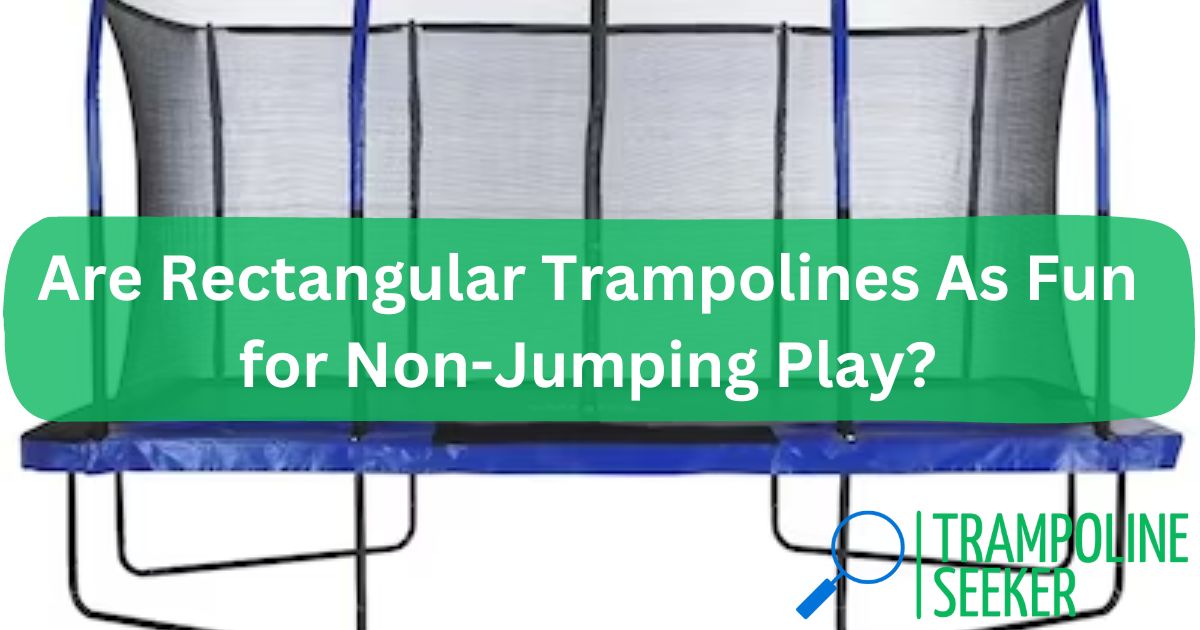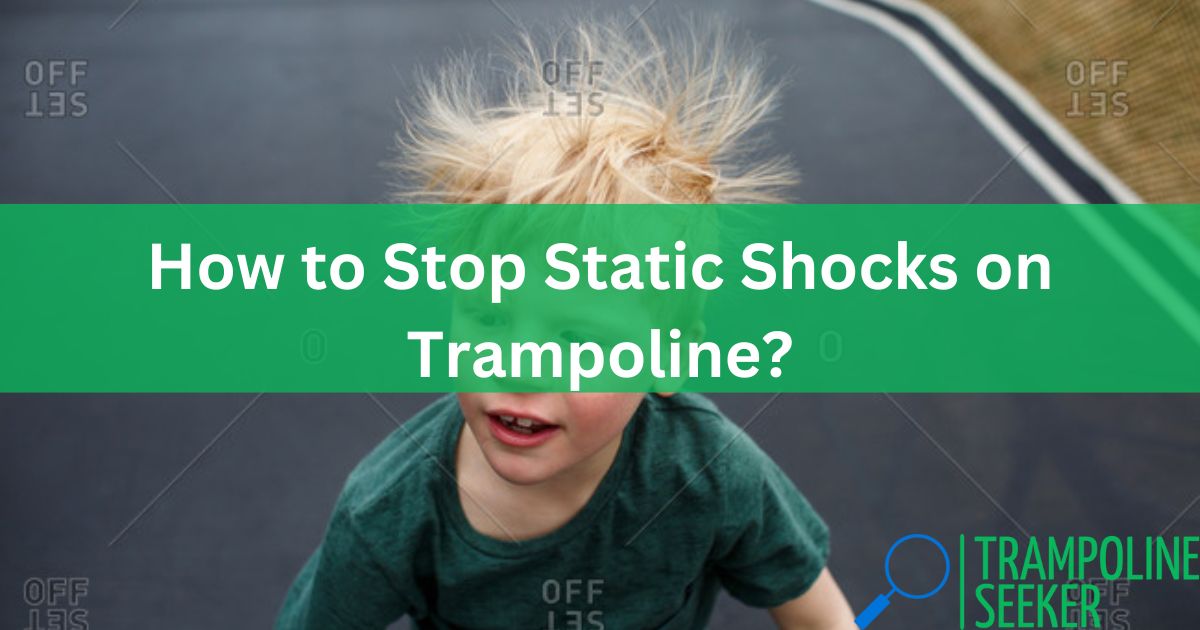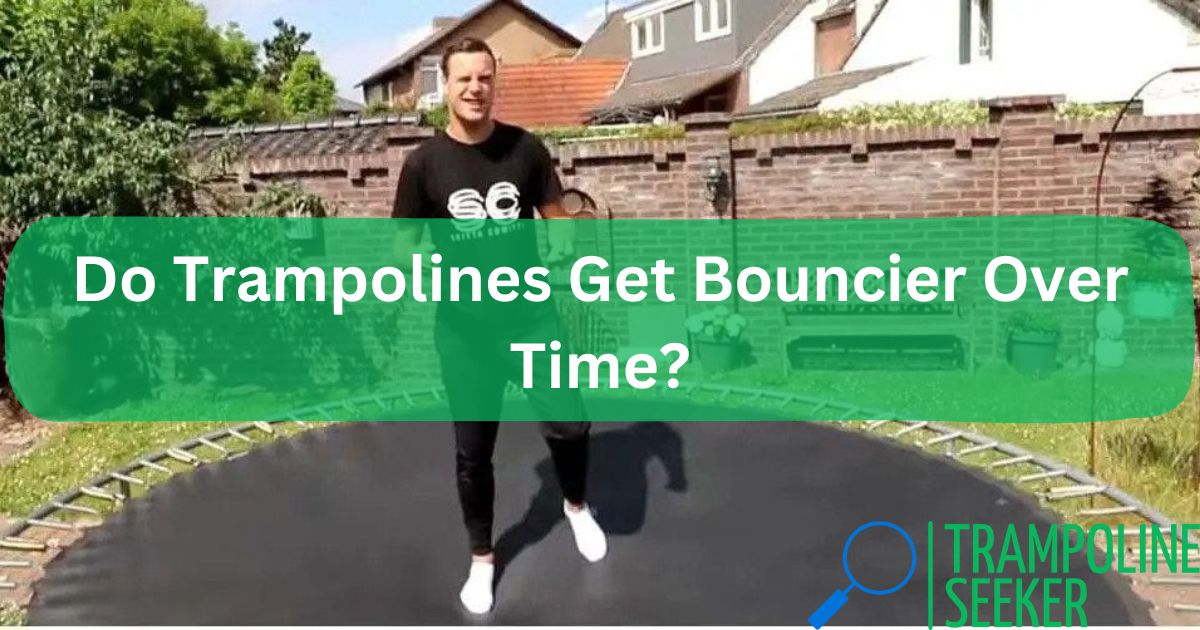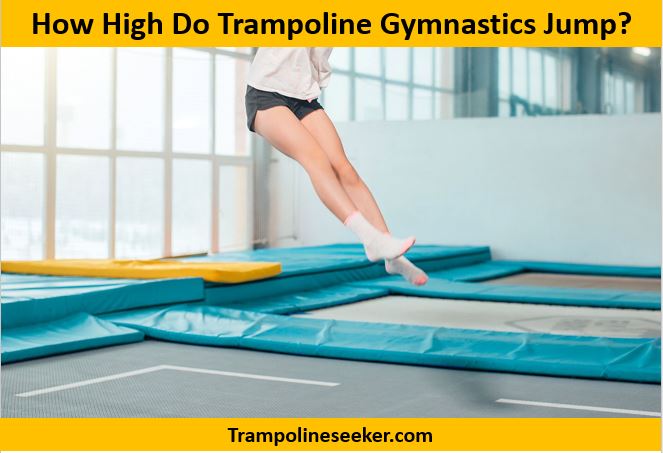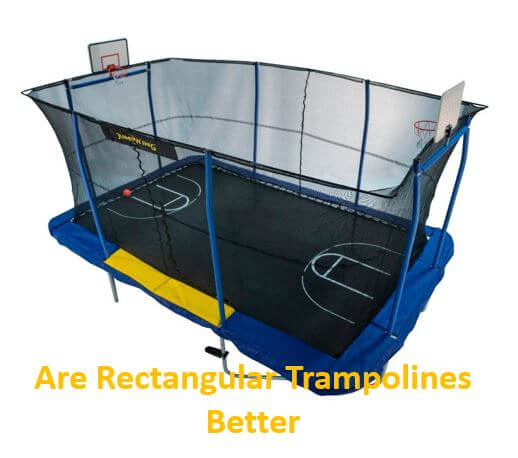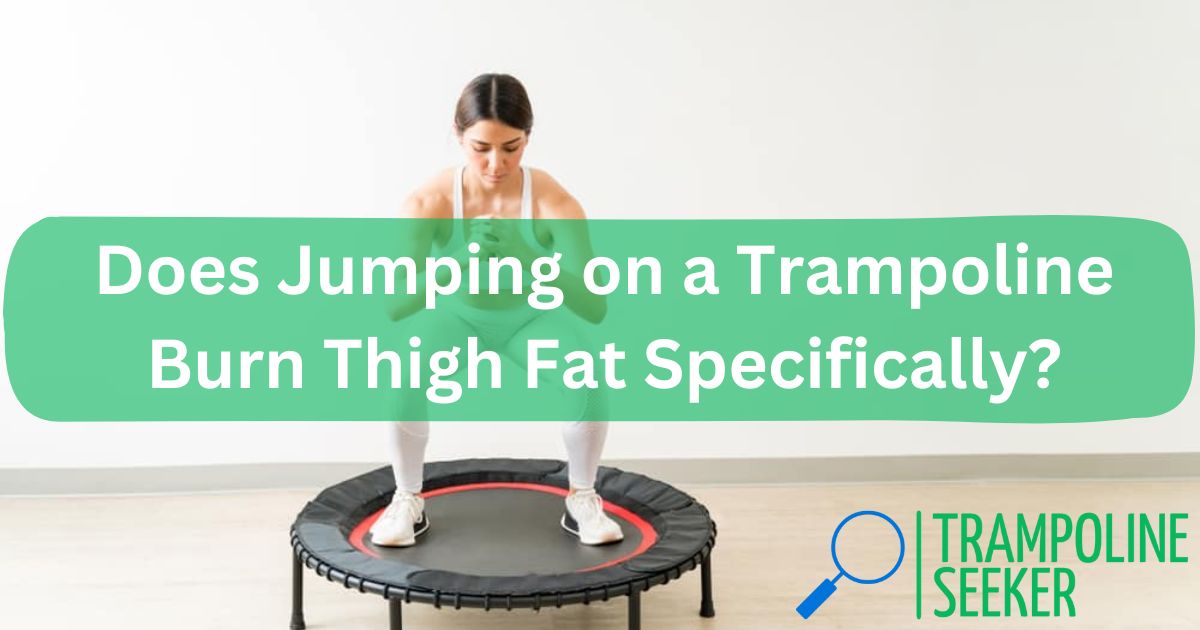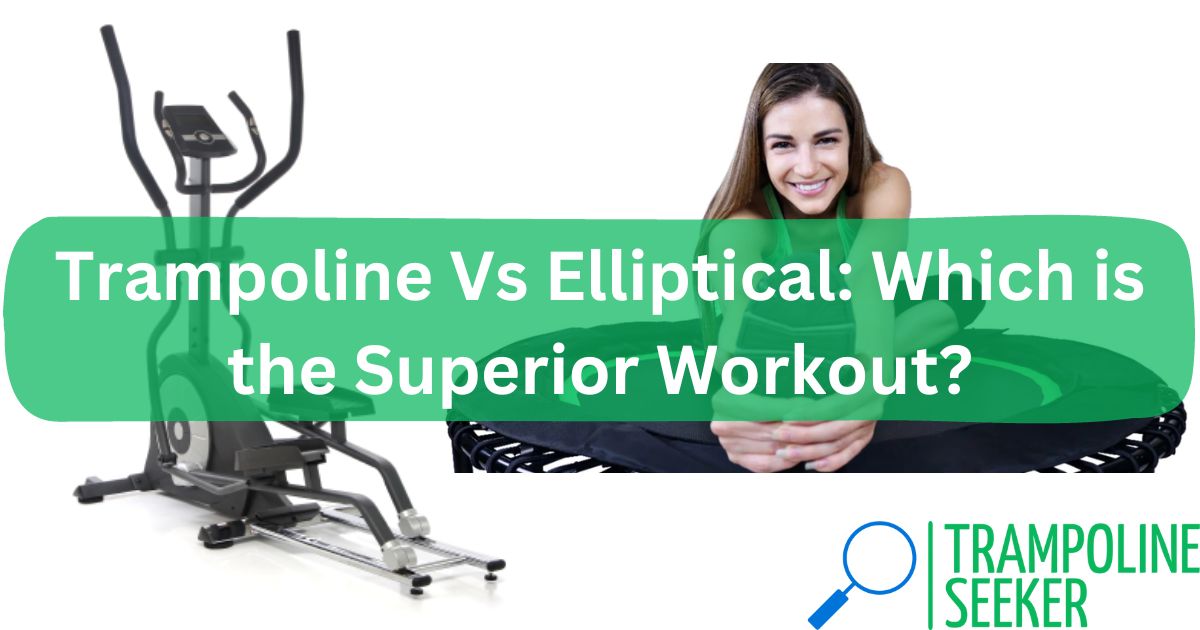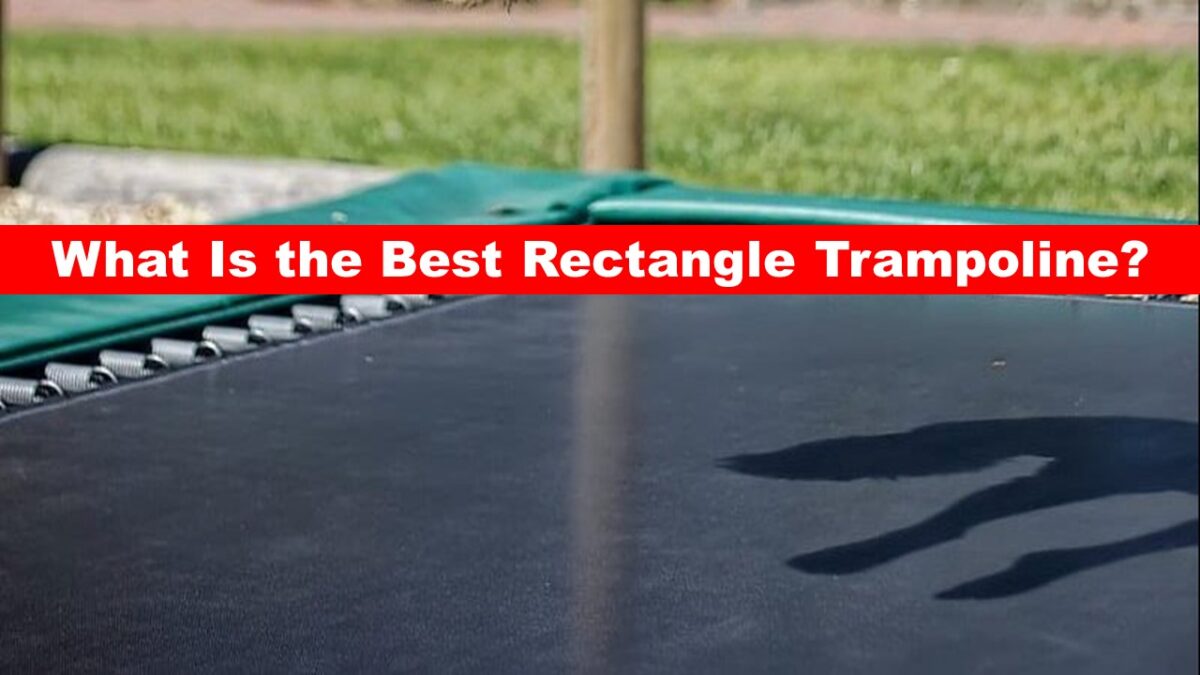On artificial grass, it is possible to place a trampoline. Even if the support bars press down on the fake grass for years, the grass will not be damaged by them.
However, there is a possibility that the legs could puncture the grass if they are not handled carefully.
Whenever a trampoline has been moved off artificial grass, use a stiff brush to brush back up the grass after the trampoline has been moved.
If you are interested in learning how trampolines work on artificial grass and what you should do if you decide to put one on it, then con reading.
Related Topics:
| Why Are Trampolines So Expensive |
| Why Are Rectangle Trampolines More Expensive |
| What Age Is Best for Trampoline |
| Upper Bounce Rectangular Trampoline Reviews |
| Upper Bounce Mini Trampoline |
Will A Trampoline Ruin Artificial Grass?
On artificial grass, trampolines can be placed without causing any damage to it. Artificial grass will remain lush and green for a long time to come. When a trampoline is left on the artificial grass for a long time, the artificial grass will be flattened by the weight of the trampoline; however, this is an easy fix.
You will only need a stiff brush or your hand to brush the artificial grass back up once it has dried. You will not be able to tell that there was ever a trampoline on the property, and it will still look like it did when it was new.
- In some cases, your artificial grass may be damaged by your trampoline if the supports are sharp and straight (not rounded).
- If you use your artificial grass a lot, the supports will eventually puncture it, mainly if used a lot.
- Despite this, finding a trampoline with straight supports rather than rounded ones is challenging, so you will most likely not have to worry about it.
If you put a trampoline on fake grass, you will need to add some support underneath the area where you will place the trampoline. The trampoline will eventually sink into the artificial grass if there is no support underneath it, which will eventually cause damage to the grass.
The best way to support the trampoline is to put lawn pads under the grass. Ideally, the lawn pads should be 3/4″ to 2 1/2″ thick, depending on the lawn size. You can also purchase a trampoline without a net around the edge if you are concerned about potential injuries caused by people falling off the trampoline due to the lawn pads.
The lawn pads can still be installed under your trampoline if you purchase a trampoline after you have installed artificial grass and the lawn pads were not installed underneath where you want to put them.
To do this, it will be necessary to remove the artificial grass and replace it with a new one. Luckily, because there will only be a small area of artificial grass to be replaced, it shouldn’t be too expensive to do this.
Will A Trampoline Burn Artificial Grass?
Generally, hot trampolines don’t cause any problems, but if you live in an area where the temperatures reach 100-115°F, you will want to consider purchasing a trampoline cover.
As trampolines are typically black, the sun’s heat will warm up the fabric of the trampoline. The artificial grass may get burned if some reflective material on the trampoline reflects light onto it and reflects it onto the artificial grass.
The best thing to do if you want to prevent the burning or melting of your artificial grass under your trampoline is to purchase trampoline covers. Your grass will be grateful if you regularly take it on and off
How to Secure a Trampoline to Artificial Grass?
When setting up a trampoline, you must ensure that it is securely attached to the ground. You have to ensure that you take care of this before letting the trampoline be used; otherwise, it may move and cause injuries. If the wind is strong enough, a trampoline can be snatched up by the wind and transported three blocks away if it is bad enough.
Trampoline wind stakes puncture your artificial grass, commonly used to secure trampolines, so you should stake it down.
Luckily, you can use other materials to secure your trampoline so that your artificial grass will not become damaged due to it being jumped on. Sandbags are a common way to secure trampolines to the ground and will not harm your grass.
Even though using sandbags to secure your trampoline may not be the most visually appealing way, it is a cost-effective option that can be easily cleaned up and will not damage your artificial grass. The sand collected in a sandbag can easily be vacuumed away if the bag breaks.
It is possible to make covers for sandbags that match your outdoor furniture or fit your backyard’s aesthetics to make them more visually appealing. Be sure to measure the sandbags underneath your trampoline before purchasing the fabric, and leave a few centimeters of extra space in case you need it in the future.
The sandbag covers should be made from weather-proof or weather-resistant fabric to prevent the covers from becoming damaged by the weather after a few years.
Your trampoline will require one or two sandbags for each support; it has to be stable. There are usually 3-5 rounded supports on a trampoline, so you will need anywhere between 6 and 10 sandbags to put under your trampoline before you start using it.


